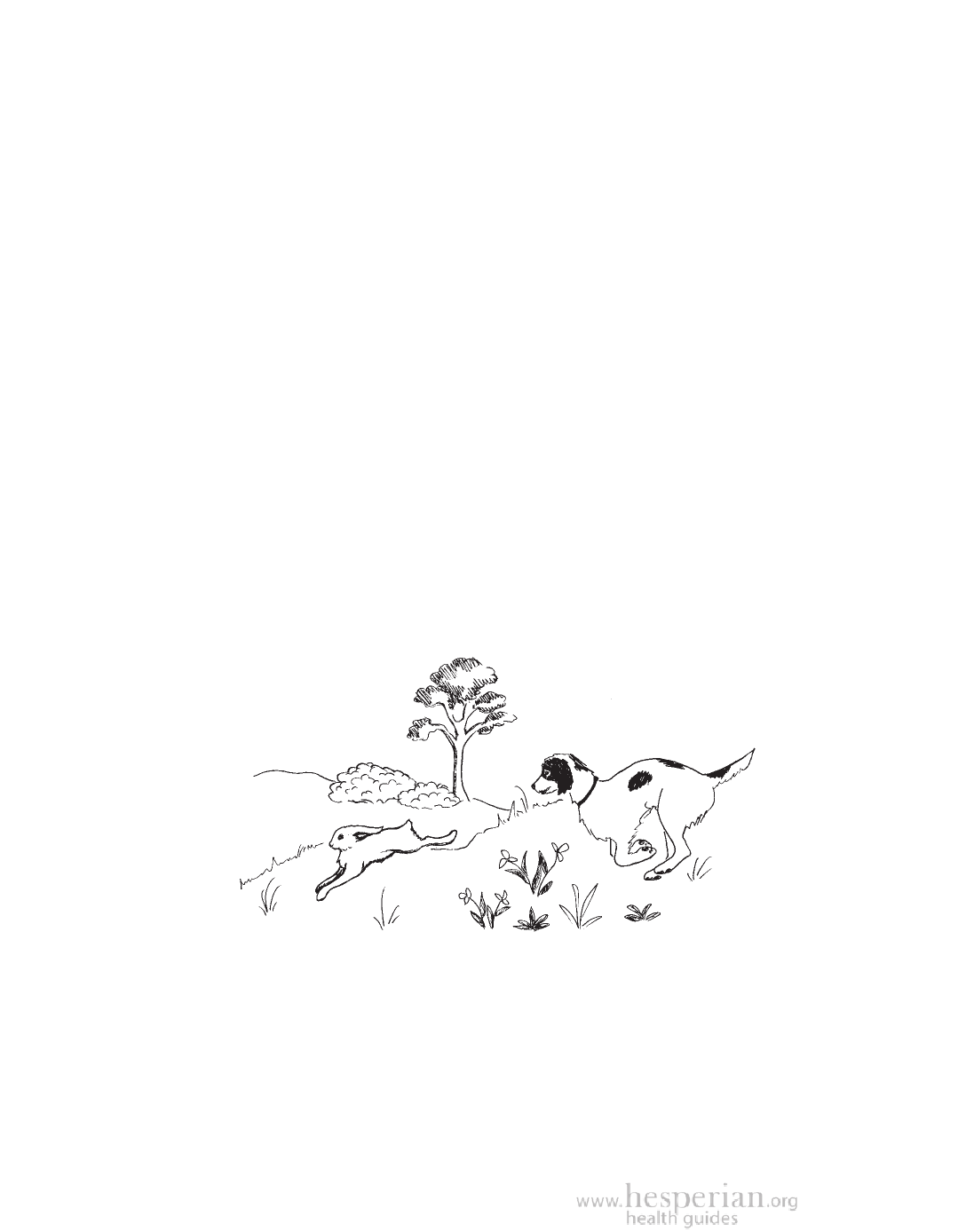
414 Solid Waste: Turning a Health Risk Into a Resource
Filling the landfill
The way you fill a landfill depends on the amount of trash, how much time
people have to do the work, and the local climate.
In places with high rainfall and little trash, such as towns that practice
zero waste (see page 416), each week or month you can dig a new hole lined
with clay and gravel (in thinner layers than a larger landfill would need).
Someone takes responsibility for bringing trash, filling the hole, compacting
the trash, and covering it with soil. Burying trash little by little prevents water
from collecting in the pits.
For a community with a large trash load, it is easiest to dig a large pit.
Landfill workers add waste to the pit as it is brought in. Each time waste is
added it is pressed down to make an even layer, then covered with large leaves
(such as palm, banana, or palmetto) and a layer of soil, or soil, ash, and sand.
This will prevent bad smells and stop insects from breeding. Making a large
roof over the pit will keep rain out.
Capping the landfill
When the pit is full it should be capped with a layer of soil at least 90 cm deep.
Wildflowers or grasses can be planted over it, but not plants that will be eaten,
such as vegetables or fruit trees. Until the landfill is completely covered by plant
life, it is best to keep grazing animals away.
After it has been completely covered over, a well-managed
landfill may become a green and pleasant area.
A Community Guide to Environmental Health 2012